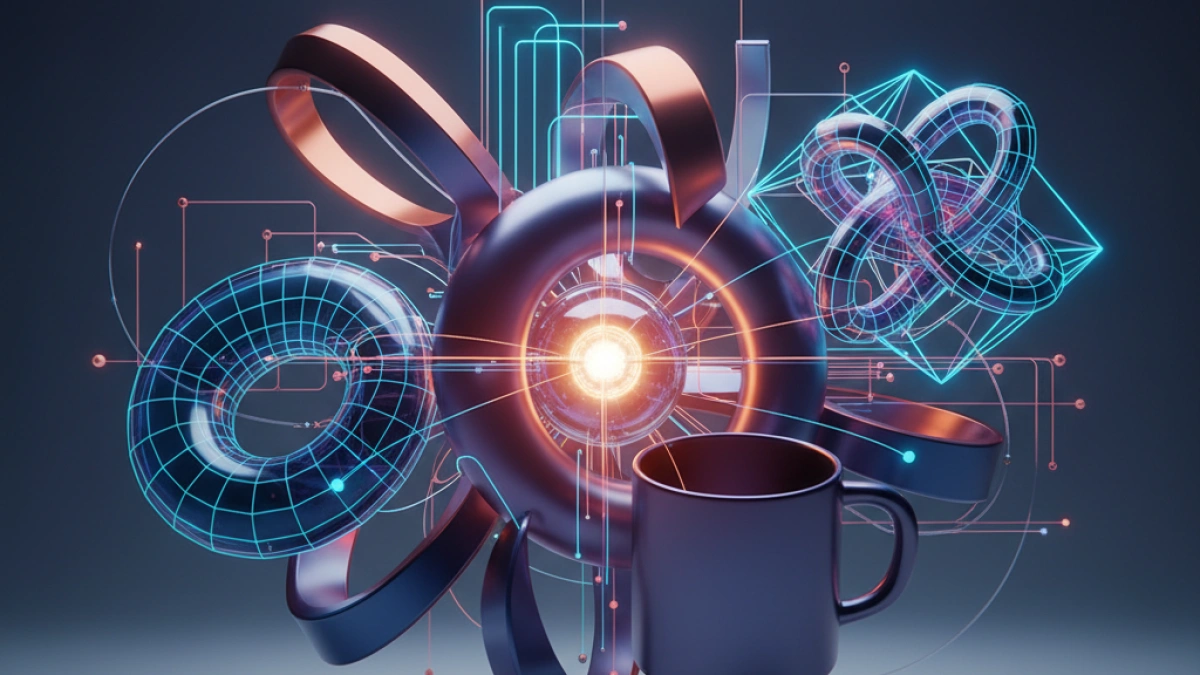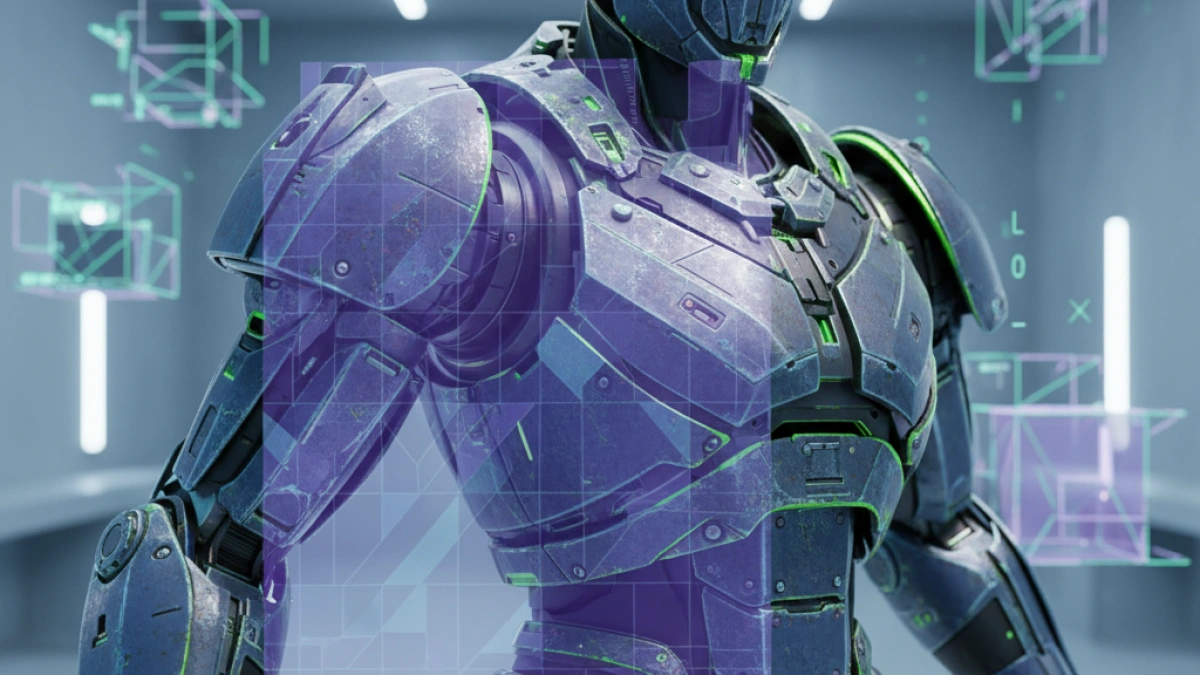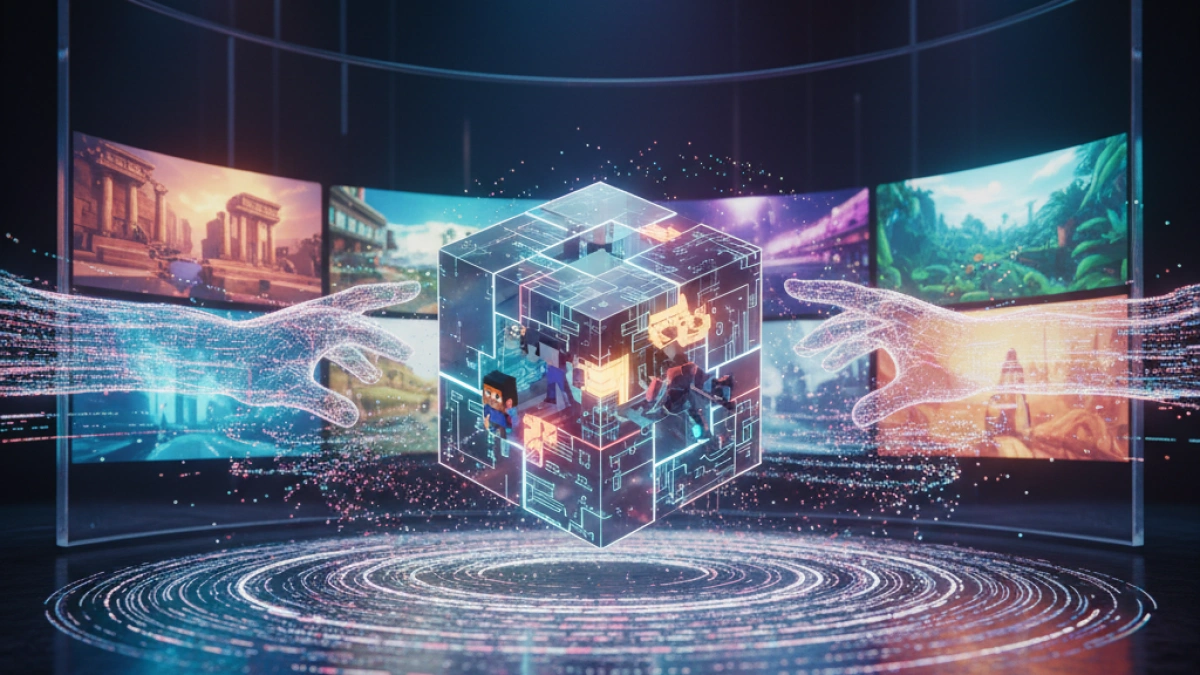What is 3D topology?


3D topology is a branch of mathematics and geometry that deals with the study of the properties of three-dimensional objects and their relationships in a three-dimensional space. In this article, we will explore the fundamental concepts of 3D topology, its applications in various disciplines, and how it differs from other branches of geometry.
Definition of Topology
Topology is the study of the properties of spaces that remain invariant under continuous deformations, such as stretching and twisting. Unlike classical geometry, which focuses on precise measurements and shapes, topology is more interested in qualitative relationships between objects.
Key Elements of Topology
- Topological spaces: Sets of points that are analyzed in terms of their relationships and properties.
- Open and closed: Concepts that describe sets within a topological space and their properties.
- Homeomorphisms: Continuous functions that establish a relationship between two topological spaces.
3D Topology: The Basics
3D topology focuses on the study of structures and properties of objects in three-dimensional space. These can include solids, surfaces, and their relationships in a three-dimensional context. Some key elements include:
Dimensions
In topology, dimension refers to the number of coordinates needed to describe a point in space. In three-dimensional space, three coordinates (x, y, z) are needed.
Three-Dimensional Surfaces
A 3D surface can be closed, such as a sphere, or open, such as an infinite plane. Topology studies the properties of these surfaces, such as their connectivity and characteristics.
Betti Numbers
Betti numbers are a series of numbers that describe the composition of a topological space, in terms of its connected components, cycles, and holes. They are fundamental in the topological classification of 3D spaces.
Applications of 3D Topology
3D topology has numerous applications in different fields. Some of the most notable are:
Computer Science
In computer graphics, topology is crucial for modeling and representing three-dimensional surfaces. It allows the creation of models that can be manipulated efficiently.
Physics
In theoretical physics, topology is used in concepts such as string theory and in the description of phase spaces in quantum mechanics. The topological properties of certain systems are essential to understanding physical phenomena.
Biology
Topology is also applied in biology, especially in the study of molecular and protein structures. The topological properties of molecules can influence their functionality and behavior.
Robotics
In the field of robotics, topology is used to plan routes and movements. Topological structures can help robots navigate effectively in complex environments.
Differences between topology and geometry
It is important to distinguish between topology and geometry, since although they are related, they have different focuses:
Invariant vs. variable properties
- Topology: Focuses on invariant properties (such as connectivity) that do not change through continuous deformations.
- Geometry: Focuses on measurable properties and specific shapes that often change with deformations.
Study of objects
- Topology: Analyzes qualitative relationships and the structure of objects.
- Geometry: Investigates quantitative characteristics such as areas, volumes, and lengths.
Conclusions
3D topology is a fascinating area of study that plays a crucial role in many fields. From computing to physics to biology, its ability to analyze the properties of three-dimensional objects and their interrelationships makes it an invaluable tool. As technology and research continue to advance, we are likely to see an increase in the use and understanding of 3D topology in various applications.
Additional Resources
Therefore, 3D topology is a rich and complex topic that offers research and application opportunities across multiple disciplines, allowing for a deeper understanding of how objects are structured and related in three-dimensional space.


















